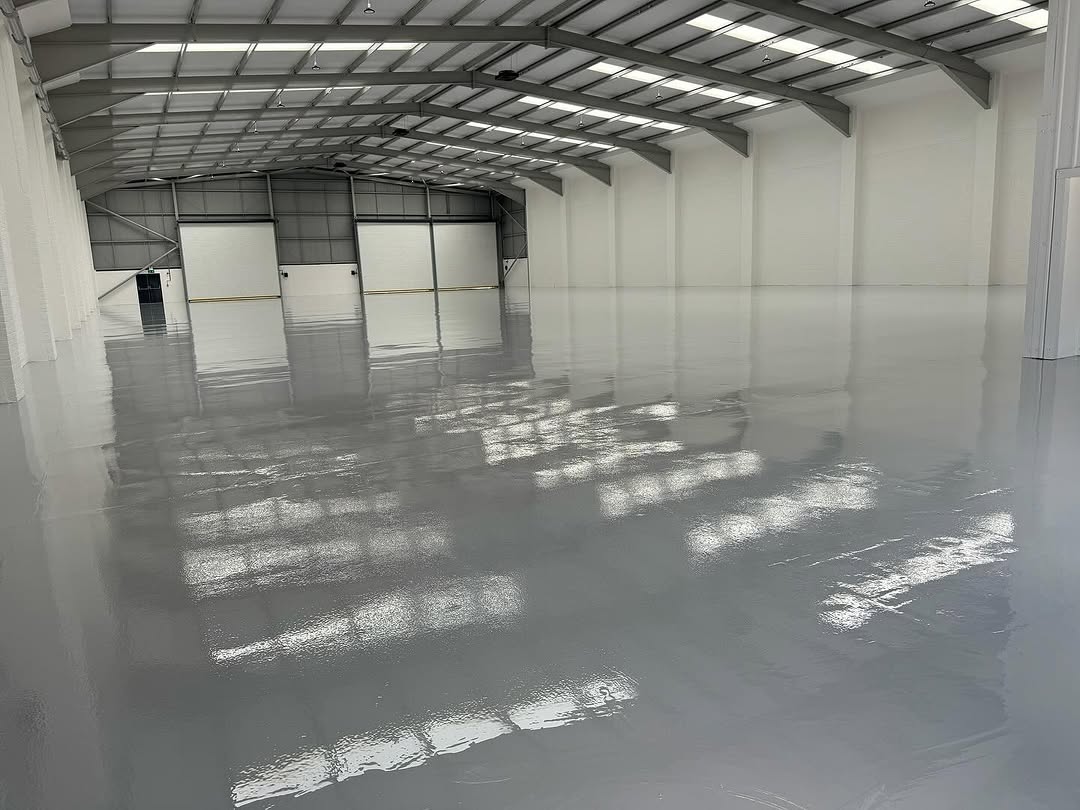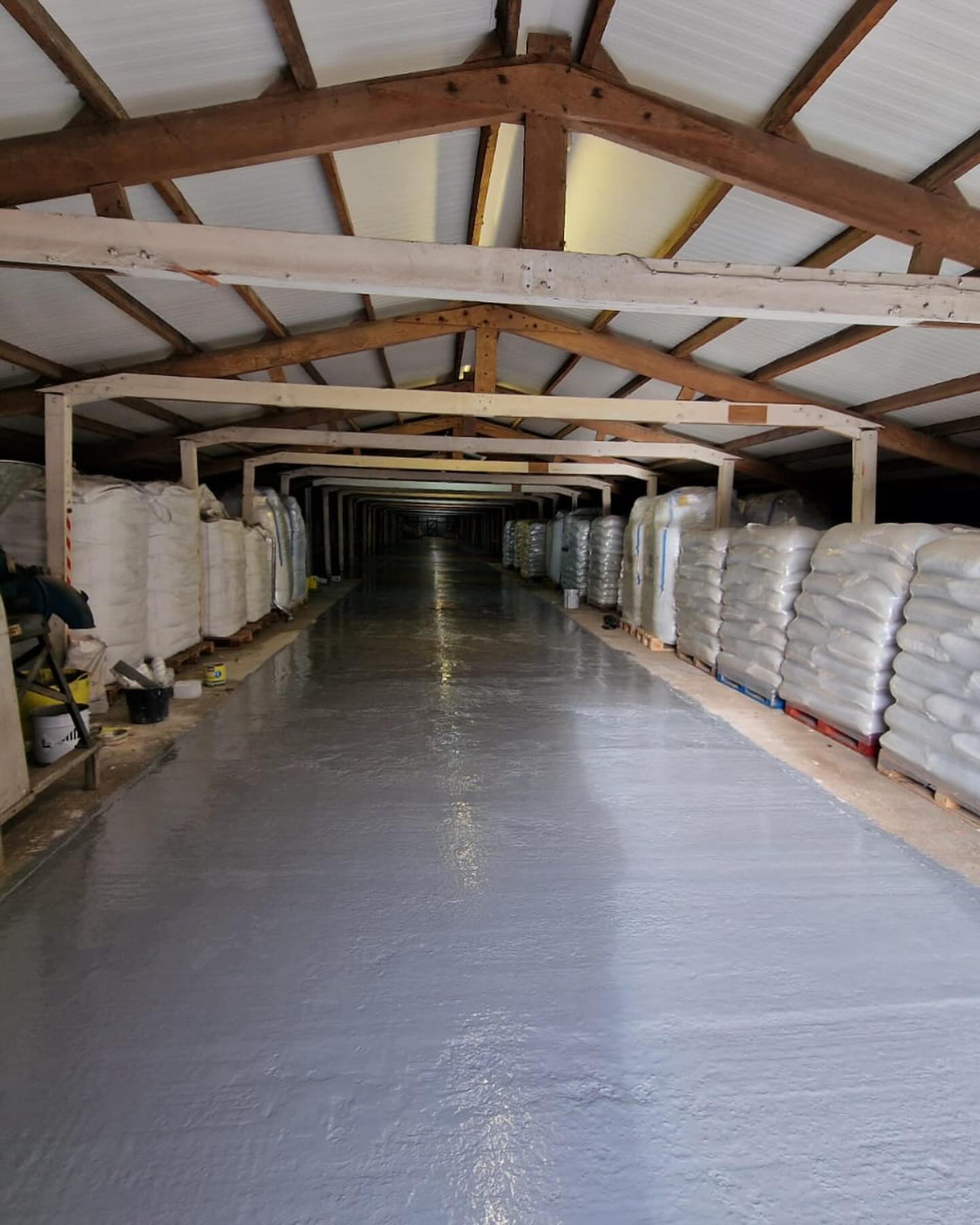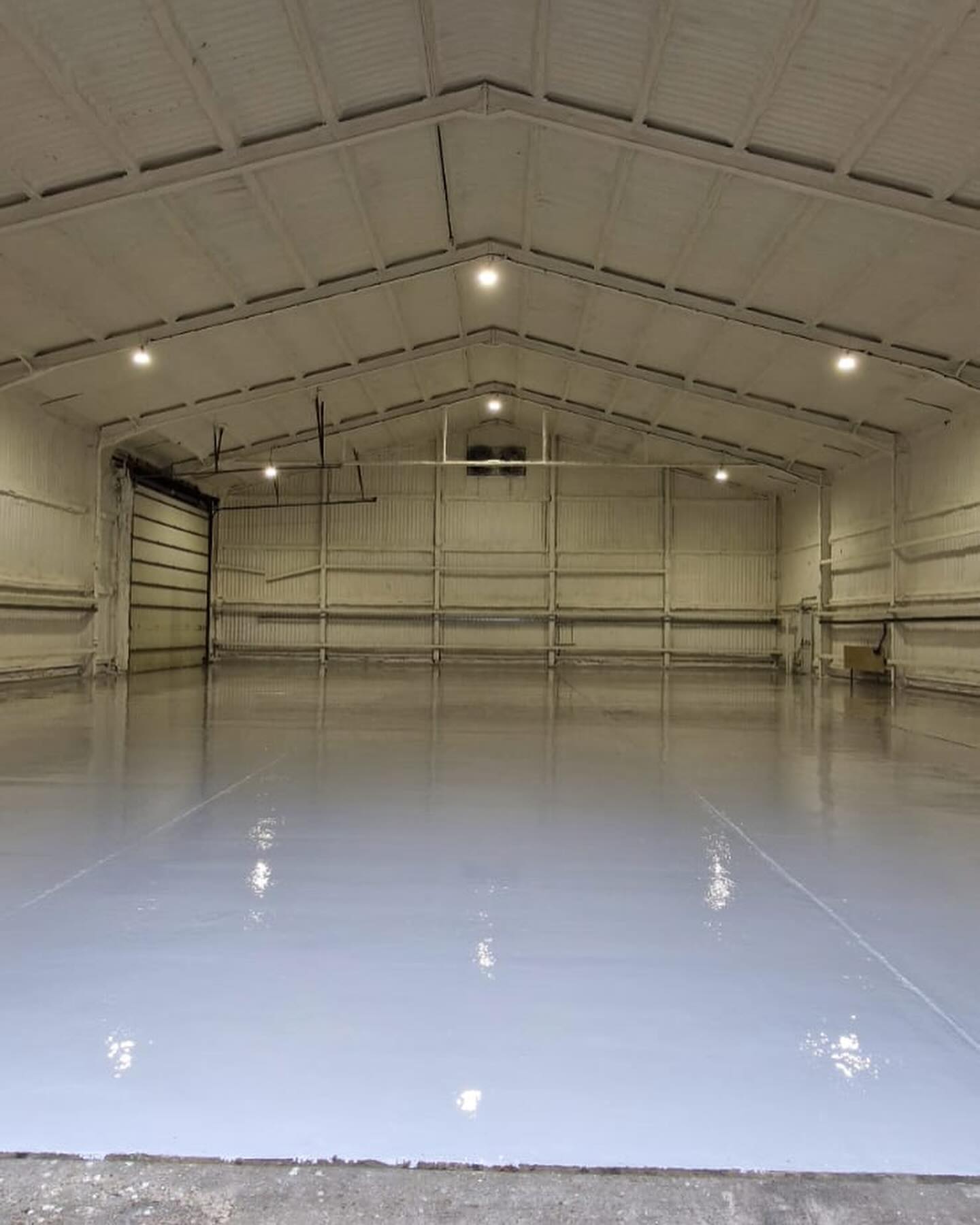Waterproof Flooring Solutions
Liquid Applied Membranes & Tanking Systems for Complete Protection
Why Is Professional Waterproofing Critical for Buildings?
Water ingress causes billions in structural damage annually across UK commercial properties. Our liquid applied waterproofing membranes create seamless barriers that prevent moisture penetration, protecting reinforcement steel from corrosion and concrete from freeze-thaw degradation. These systems extend building lifespans by 25-30 years when properly installed.
Multi-storey car parks face unique challenges with vehicle-borne chlorides and constant weather exposure. We install deck coating systems incorporating crack-bridging technology that accommodates structural movement up to 2mm while maintaining waterproof integrity. The systems include wear courses designed to withstand 50,000 vehicle movements annually without compromising protection.
Basement tanking requires careful specification to handle hydrostatic pressure reaching 10 metres head of water. Our Type A barrier systems bond directly to concrete substrates, creating monolithic waterproof shells. Combined with drainage membranes and sump systems, these installations guarantee dry internal environments even below the water table.
Waterproofing System Options
How Do Liquid Waterproofing Systems Work?
Liquid membranes cure to form continuous elastomeric coatings that stretch 300% before failure. This flexibility allows the membrane to bridge cracks that develop post-installation, maintaining waterproof protection as structures move. Applied at 2-3mm thickness, these systems weigh just 3kg per square metre, adding minimal load to existing structures.
Application begins with surface preparation achieving CSP 3-5 profile for optimal adhesion. We prime substrates with moisture-tolerant epoxy that penetrates 2-4mm into concrete pores. The waterproofing membrane applies in multiple coats, with reinforcement fabric at details like upstands, drains, and penetrations where movement concentrates.
Quality control involves electronic leak detection using high-voltage holiday testing. This identifies pinholes invisible to visual inspection, ensuring complete membrane continuity. Wet film thickness measurements during application verify correct coverage rates. Post-installation flood testing provides final verification of waterproofing performance before handover.
Which Areas Require Waterproof Flooring Systems?
Rooftop car parks demand systems combining waterproofing with vehicle loading capacity. We specify polyurethane membranes with aggregate broadcast surfaces achieving 40N/mm² compressive strength. These withstand turning movements from power steering while providing P4 slip resistance in wet conditions. Root-resistant formulations protect against damage where planters integrate with parking areas.
Plant rooms housing chillers, boilers, and water tanks need bunded flooring preventing leaks reaching floors below. Our systems include 150mm upstands creating waterproof trays with 110% containment capacity. Chemical-resistant topcoats handle coolant spills and water treatment chemicals without degradation. Integrated leak detection systems provide early warning of containment breaches.
Balconies and terraces require aesthetic finishes alongside waterproofing performance. We install decorative quartz systems that combine UV-stable waterproofing with attractive, slip-resistant surfaces. Drainage mat systems beneath ensure water reaches outlets efficiently, preventing ponding that accelerates membrane degradation. These installations include 10-year insurance-backed guarantees.
How Long Do Waterproof Systems Maintain Protection?
Modern liquid waterproofing systems provide 20-25 years protection with minimal maintenance intervention. UV-stable aliphatic topcoats prevent degradation from sunlight exposure, maintaining flexibility and adhesion throughout service life. Annual inspections identify minor issues before water ingress occurs, enabling preventative repairs that extend system longevity.
Maintenance involves quarterly cleaning to remove debris from drainage channels and annual recoating of high-wear areas. Traffic zones showing surface wear receive additional topcoat applications every 5-7 years, refreshing appearance while maintaining protection. This staged maintenance approach costs 80% less than complete system replacement.
Performance monitoring through moisture mapping tracks any changes in substrate conditions. Thermal imaging identifies water ingress points before visible damage appears. Electronic integrity testing verifies continued membrane continuity. These diagnostic tools enable targeted repairs, maintaining warranty coverage while minimising disruption to building operations.
View Our Waterproofing Projects





Frequently Asked Questions
Yes, providing the substrate remains structurally sound. We remove failed membranes back to sound substrate, repair any concrete deterioration, then apply new waterproofing. This overlay approach saves 60% compared to complete deck replacement. Warranty coverage matches new-build installations when correct preparation procedures follow.
Rapid-cure formulations achieve rain resistance within 2 hours at 20°C. Full waterproofing develops within 24 hours, allowing next-day traffic. These fast-track systems prove invaluable for emergency repairs or projects with tight deadlines. Standard systems require 6-8 hours rain-free curing time.
Car park decks require 4-6mm total system build including primer, membrane, and wear course. Heavy goods vehicle areas need 6-8mm systems with additional reinforcement. Thickness varies based on substrate condition, expected traffic, and thermal movement. We specify systems exceeding minimum requirements for enhanced durability.
Absolutely. Basement waterproofing handles hydrostatic pressure up to 10 metres water head. We combine liquid membranes with cavity drain systems for Grade 3 habitable environments. These dual-protection approaches exceed insurance requirements and building regulation standards for below-ground waterproofing.
Yes, we incorporate aggregate broadcasts achieving R11-R13 slip resistance ratings. Ramp areas receive coarser textures for enhanced grip. Colour-contrasted aggregates delineate pedestrian walkways from vehicle zones. These safety features integrate without compromising waterproofing performance or longevity.
Protect Your Property from Water Damage
Professional waterproofing systems with 20-year performance guarantees.